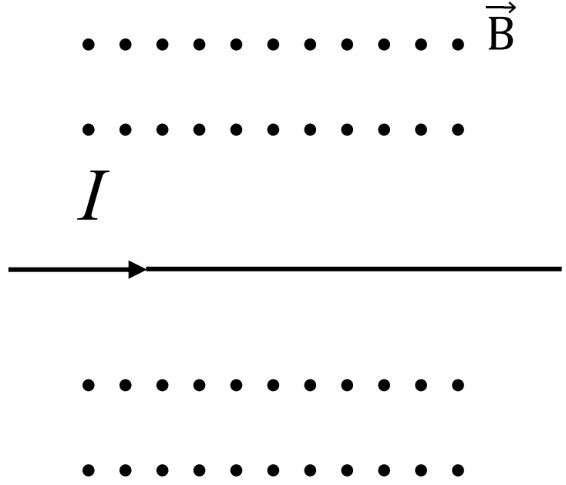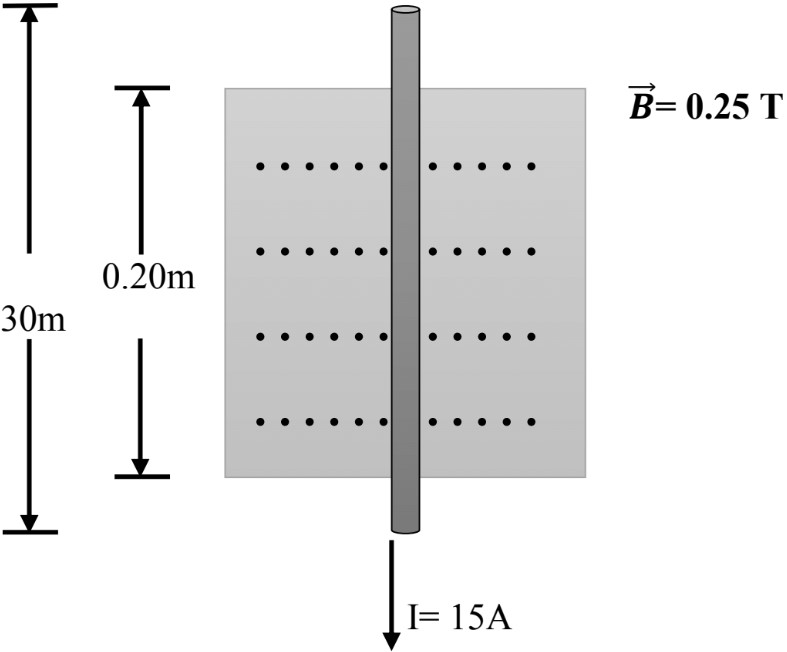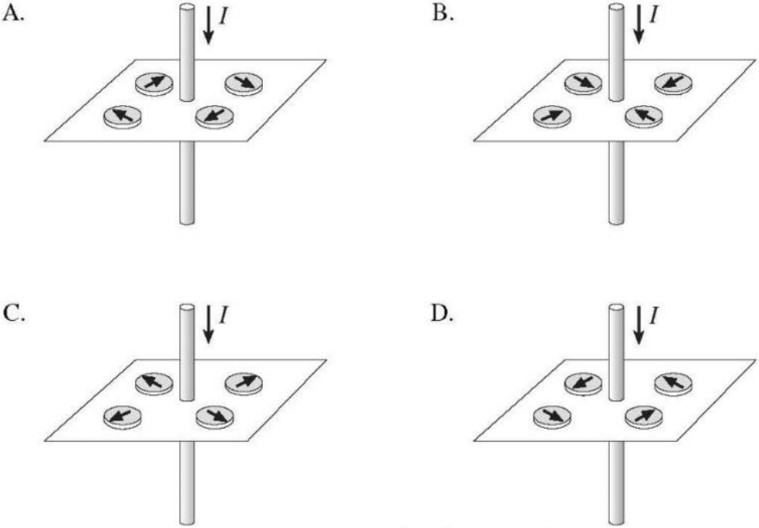In this lesson, we will learn:
- An electric current produces a magnetic field
- Magnetic force on a current-carrying wire placed in a magnetic field
Notes:
An electric current produces a magnetic field
- A compass needle placed near a straight section of current-carrying wire experience a force, causing the needle to align tangent to a circle around the wire.
- Magnetic field lines produced by a current-carrying wire are in the form of circles with the wire at their center.
- Using right-hand rule, we can find the direction of the magnetic field produced by a current-carrying wire.
- Right-hand rule: grasp the wire with your right hand, so your thumb points in the direction of the conventional ( positive) current; then your fingers will encircle the wire in the direction of the magnetic field.
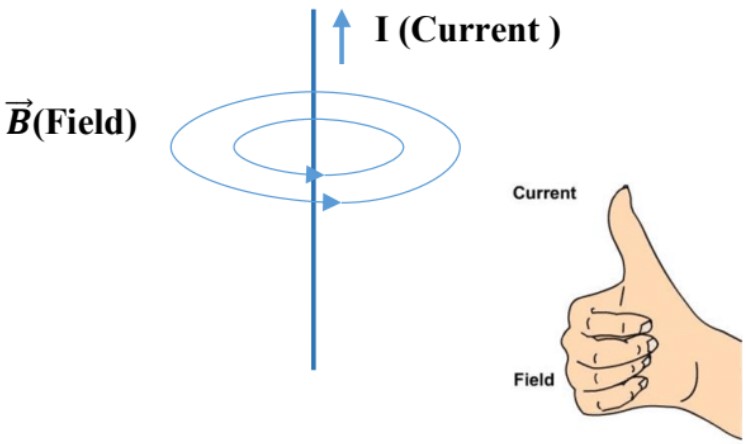
Magnetic force on a current-carrying wire placed in a magnetic field
- A straight wire is placed in the magnetic field between the poles of a magnet when a current flows in the wire, a magnetic force will be exerted on the wire.
- The direction of the force is always perpendicular to the direction of the current and also perpendicular to the direction of the magnetic field.
- Using right-hand rule we can find the direction of the magnetic force.
- Right-hand rules:
- Thumb points to the direction of the current,
- Fingers point to the direction of the magnetic field
- Palm points towards the direction of the electromagnetic force.
- The magnitude of the electromagnetic force (in Newton) is calculated using the following equation:
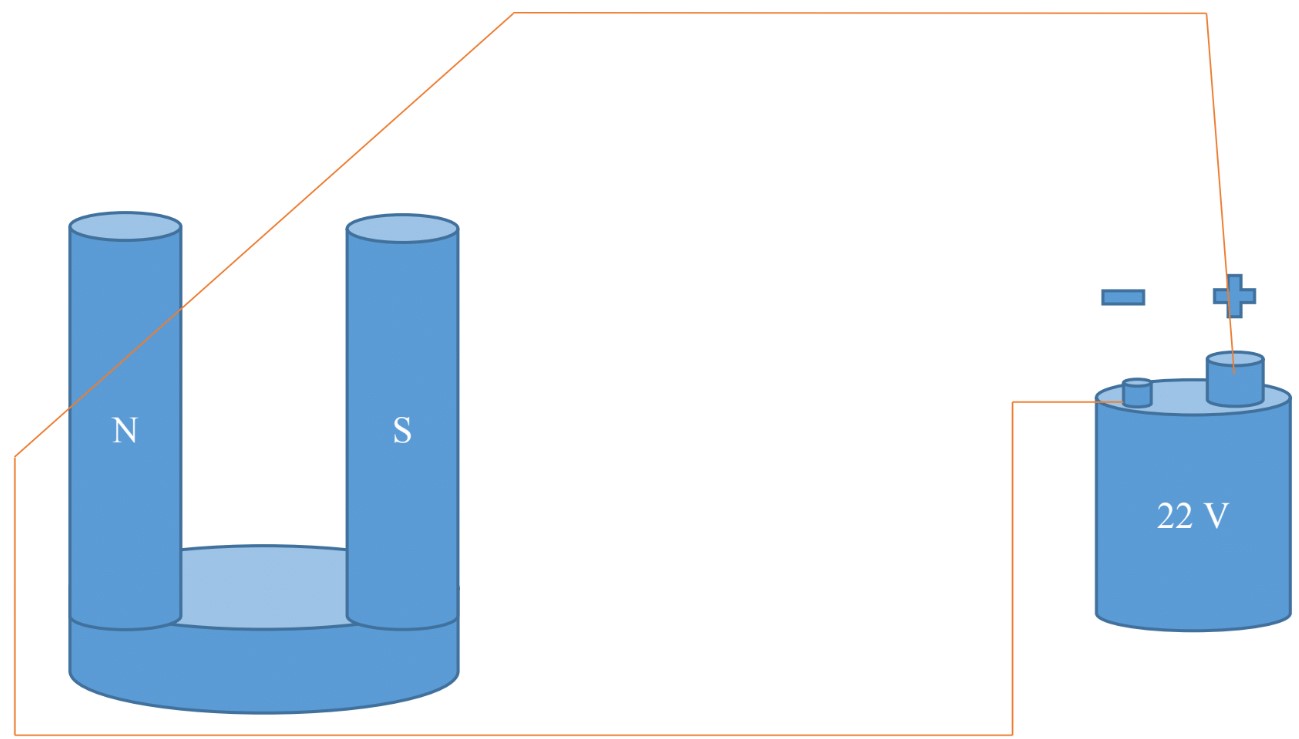
= current in the wire, in ampere (A)
= magnetic field, in tesla (T)
= the angle between the current direction and the magnetic field.
Note:
- When current is perpendicular to the filed lines, = 90°, the force is the strongest,
- When the wire is parallel to the magnetic field lines, = 0°, there is no force at all.

